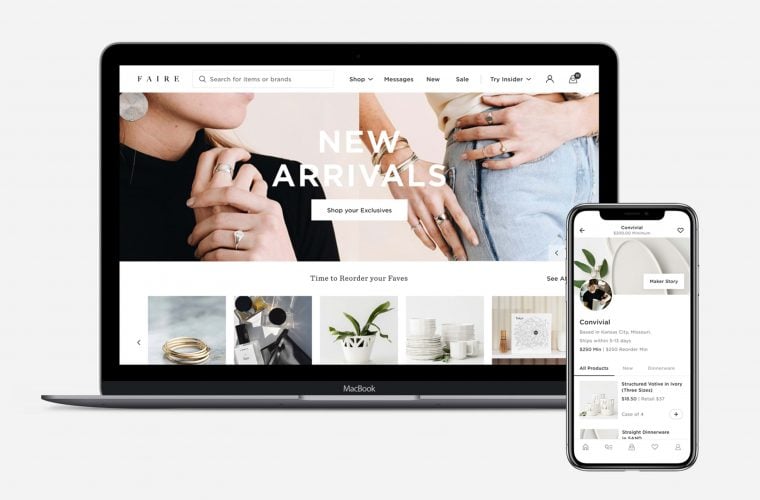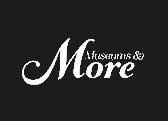
How Digital Signage Can Benefit Small Businesses & Retailers
This is a sponsored post written by me on behalf of Samsung Business for IZEA. All opinions are 100% mine.
According to Wikipedia, signage refers to “the design or use of signs and symbols to communicate a message to a specific group, usually for the purpose of marketing or a kind of advocacy.” Keeping this in mind, signage has long been used to inform, engage and educate consumers as they navigate through stores, on streets and more. Yet, too often, signage doesn’t capture the attention of customers that it aims to. Fortunately, signage isn’t what it use to be… unless you let it be.
As Samsung recently shared on their business blog, “digital signage allows companies to more personally engage with customers through targeted messaging and integrated social media, two factors that resonate with shoppers and drive long-term relationships.” Expanding on this, the idea of digital signage also welcomes the elimination of static messages or boring signs. Instead, digital signs offer interactive experiences for consumers to engage with, relate to and even enable shopping in some scenarios. Additional perks of digital signage include the following:
- Expands messaging opportunities in limited retail space environments since digital signage can be updated, vary and include multiple messages versus one, static message.
- Improves store decor by offering a more engaging experience for consumers that includes lighting and other digital features that enhances store displays and overall experience
- Delivers stronger return on investment since printed media can become costly and timely to keep up with – whereas digital signage is a long-term investment with immediate rewards
The Main Event
Because retailers are constantly turning over inventory, displays and store merchandising at large, digital signage offers a fantastic solution to their non-stop, always evolving store needs. Ultimately, the main purpose of signage should be to communicate and convey information in such a way that customers are engaged – and digital signage undoubtedly can help do this. Among the needs for this type of communication include:
- Information: Signs conveying information about services, in-store special events, return policies and other instructional messages can be delivered via digital signage – and easily updated, as needed, as well.
- Direction: Signs showing the location of key areas, such as a dressing room or clearance area, can be used with digital and directional arrows – changing as necessary.
- Identification: Signs indicating identification of products and other consumer focused needs that include price points, origin of products and more.
With sports venues, amusement parks and even local Main Streets already using digital signage to communicate the most up-to-date messages for their customers and guests, it’s no surprise retailers are beginning to incorporate digital signage, as well. The question is, however, how will you incorporate digital signage in your store?
Learn more about digital signage and other small business ideas on the Samsung Business Blog. Related articles that may help you, as well, include:
- How Digital Signage for Small Business Enables Customer Engagement
- The Future of Retail Technology: 4 Trends Bringing the Virtual Experience into Reality
- Wearable Technology: Supporting Retail’s Back Office and Operations















Meagan
This is really great information about digital signs. The use for them can really catch a consumers eye and drive foot traffic into the store. Thanks for sharing!